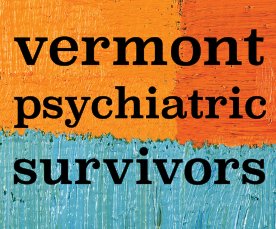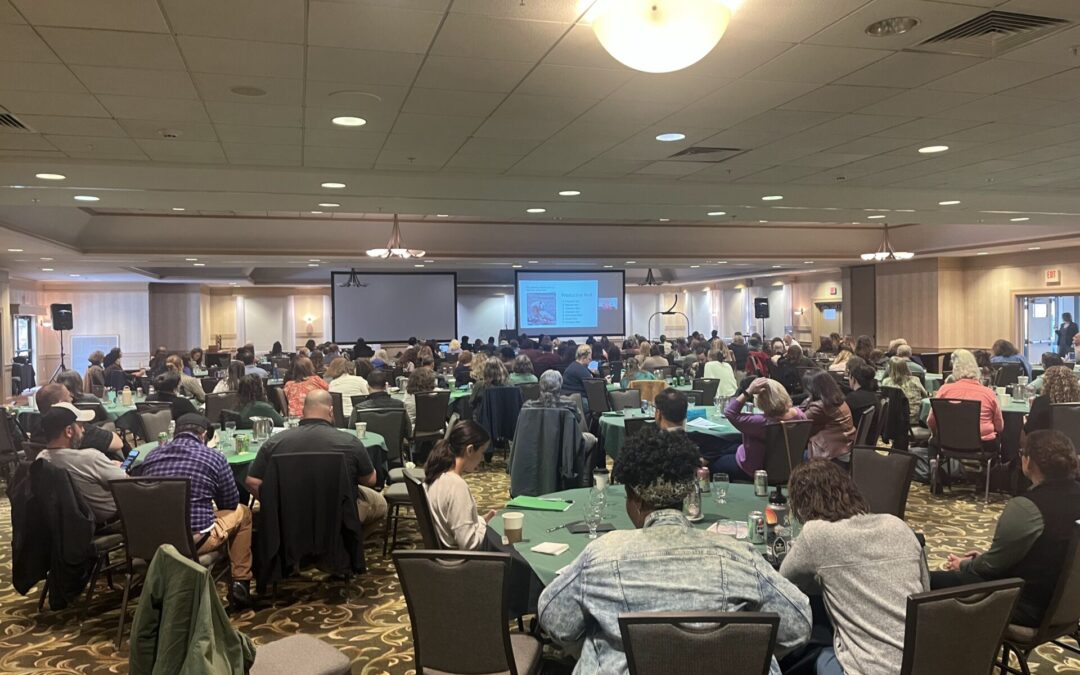The World Health Organization’s International Classification of Diseases recognized “burn-out” in 2019 as “a syndrome conceptualized as resulting from chronic workplace stress that has not been successfully managed.” A year later, as frontline workers scrambled to keep up essential services amid a deadly pandemic, burnout went mainstream.
It wasn’t just for nurses. With schools closed, working parents struggled to adjust to the chaos of their cramped home offices while caring for their children full-time.
Three years later, for many Americans, burnout feels permanent. When the economy reopened in full, it couldn’t find enough labor, and overworked healthcare professionals, who’d hoped for a break after COVID-19, never got one, thanks to what had become a chronically understaffed system. And with kids back in school, white-collar workers continued to look upon their laptop-bound lives with dread.
Is it all one phenomenon – the fatigue of largely remote administration on the one hand and the fatigue of direct care work on the other? For the purposes of a new crop of nonclinical mental health “thought leaders” who’ve emerged to address the crisis of burnout, it makes sense to collapse the problems of different classes of employees into a single issue.
The rest of us may speculate whether, for the administrators, the burden of their work may owe in part to a spiritual revulsion. The virtual office has no social component to ease the existential sting of pointless work, or of the suspicion, at least, that only a very badly organized system would demand a ceaseless stream of emails and Zooms to stay float, as it must.
This fall, the Vermont Department of Mental Health invited the author Jennifer Moss to keynote its annual conference via teleconferencing software. The Harvard Business Review Press published Moss’s book, The Burnout Epidemic: The Rise of Chronic Stress and How We Can Fix It, in 2021.
A former management consultant, Moss addressed a mixed audience of caregivers and bureaucrats, with some tips for both. But the bulk of her advice – on how to hold fewer Zoom meetings, how to make Zoom meetings more efficient, and even how to make Zoom meetings more fun, for instance – skewed toward the managers in the crowd.
Moss spoke with empathy about how individuals aren’t to blame for their burnout. And they can’t be expected to solve it alone.
“Yes, I’m going to talk about self-care. It’s important,” Moss said. “But when we look at burnout as institutional stressors that require policies to change and shift, this isn’t going to be a conversation where I say just taking a bath or listening to rain for 15 seconds on an app or meditating for two minutes or just breathing are going to solve these problems.”
What are the policies that need to “change and shift”? According to Moss, they are the internal policies of organizations, and managers have the power to implement changes for the benefit of employee well-being.
It’s true that good management can play a role in creating a friendlier, more stimulating, and less exasperating workplace for both high- and low-level employees. But it has strict limits, which management consultants take for granted.
Specifically, private-sector firms can’t willingly offer concessions to employees that would make the firm less profitable. In the case of the public sector, too, tight budgets make substantive demands for better working conditions impossible to fulfill without political change.
Yet when working conditions become intolerable, as the apparent epidemic of burnout indicates they have, in one way or another, in nearly every part of the economy, workers must put forward substantive demands. Doing so requires rejecting a discourse of burnout that neglects its material basis in favor of explanations rooted in culture, individual psychology, and easily adjustable workplace practices.
Here is an actual fact about what Moss calls America’s “state of toxic productivity”: the average American worker spends 1,815 hours on the job annually, according to the OECD. That’s about 450 more hours than a worker in Sweden or Germany. Working Americans enjoy less free time than workers in all but two of the 27 countries in the European Union.
Much of the discrepancy owes to Americans’ inability to take vacations or stay home when they get sick. The United States doesn’t require employers to offer their workers any paid time off, rendering it wholly unique among the world’s developed economies.
In France, for instance, every worker gets at least 25 days of paid vacation, plus 11 public holidays. The United States also has 11 federal holidays, but they mean little to Americans whose companies can still force them to come to work without overtime pay.
Demanding jobs with long hours can be especially stressful for new parents. That’s why, upon the birth of every child, Finland disburses 320 days of paid family leave, split between the parents or, in single-parent households, taken by one mother or father on their own. That’s on top of 40 days of paid pregnancy leave.
A new parent in Vermont, meanwhile, can skip work for up to 12 weeks without getting fired, but only if they’ve saved enough money to make do without a salary of any kind for 12 weeks. And what happens to us in Vermont when we fall ill?
By law, a Vermonter must earn at least one hour of paid sick time for every 52 hours worked – accruing no more than 40 annual hours of paid sick time in total, however, unless their employer chooses to allow more. And the boss may legally prevent the employee from using their accrued hours until they’ve completed one full year of service with the company.
In Norway, on the other hand, a worker who needs medical care can recuperate in bed for up to one year without missing out on a paycheck. And of course, thanks to universal public health insurance, visits to hospitals and clinics cost virtually nothing at the point of service: Norwegians pay a yearly maximum of $270 in out-of-pocket costs, including the price of prescription drugs.
None of these facts will ever come up within corporate consultants’ discussions of burnout or wellness. It’s not because they don’t matter.
Rather, it’s because any concession to workers that management might offer willingly to address employee burnout would look paltry by comparison. Moss acknowledged, in her speech in October, the modesty of her own recommendations.
“We’re only going to be able to make tiny shifts,” she said. “And that’s really what we should be focusing on: just getting to that phase where we feel OK coming into work.”
Wellness, evidently, is not happiness. For the latter, there is no new, innovative strategy on hand.
In the workplace, an old-fashioned solution remains the most promising: powerful, militant labor unions of a kind that our own country has rarely, if ever, known. This is true for mental health workers – only two of Vermont’s ten community mental health centers have unions – and for every worker who faces the challenges of mental health, as we all do.
Workers don’t need to rely on their managers to come up with clever strategies to mitigate the misery of the daily grind: as long as they have a collective voice, they can introduce their own. And if they can unify across sectors, they can enter the political arena to win a society that structurally – not just rhetorically – respects humans’ basic psychological and emotional needs, which include lots of time for rest, leisure, and bonding with family.
In its incipient form, that kind of society is called social democracy. Workers have already built it in Finland, Sweden, Norway, and a few other places. We don’t yet know what it would look like in full bloom. There are no guarantees, but it might have relatively few Zoom meetings.

